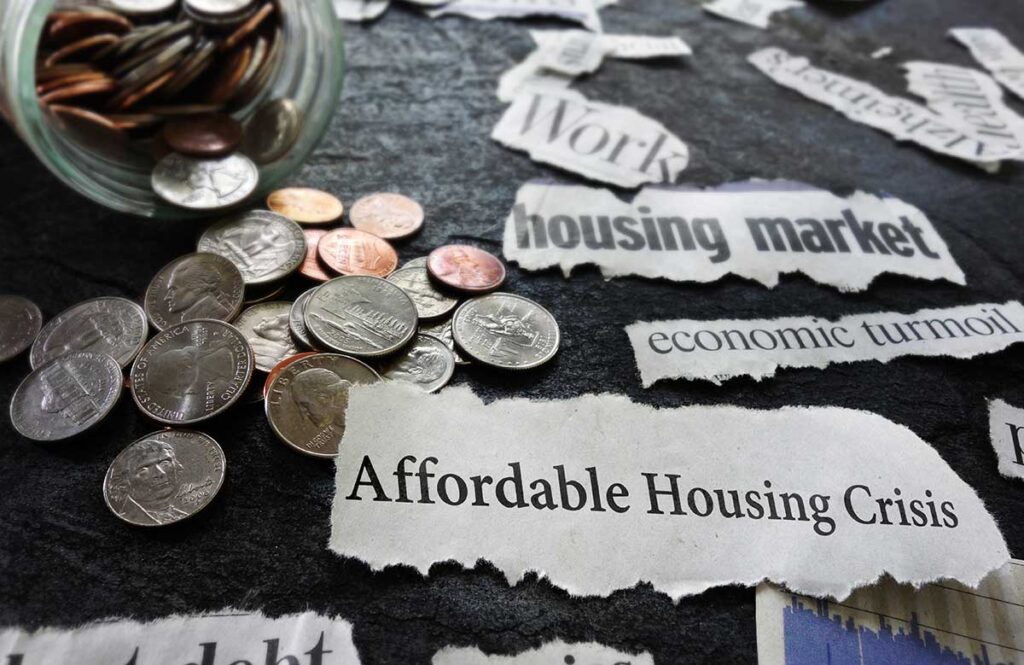Like most of the nation, Boone County housing sales and prices struggled during the Great Recession that occurred between 2007 to 2009. Although the economy was technically no longer in a recession in 2009, the housing market in Boone County continued to struggle until March 2012. Then, from 2012 to 2021, housing sales and prices steadily increased and accelerated even more during COVID-19 until mortgage rates doubled in 2022.
Now our housing market for purchases and rentals has become extremely tight and expensive. New housing and development in Columbia have been controversial topics for a long time, and first-time home buyers are paying a steep price. Boone County and many other parts of the country are in the midst of a housing crisis resulting from a lack of home inventory to meet the needs of a growing population.
The city of Columbia and Boone County need to start making hard decisions to resolve this issue, or future renters and home buyers will continue struggling.
New subdivision development had a sluggish restart because of tighter credit standards and developer apprehension. During the recession’s end, Columbia had several empty or half-built subdivisions. As homebuilding rebounded, those subdivisions finished out, but only a few new developments were happening to add to the pipeline of new building lots to keep up with demand.
As housing rallied back, affordability became an issue, even more so in the previous few years. The average price for a single-family home in Boone County increased 13 percent from 2012 to 2017 to $212,776. From 2017 to 2022, prices rose to $328,216, an increase of over $155,000 or a 54 percent jump in five years. During the same period, the average income in Boone County only increased 29 percent, causing some to spend 30 to 40 percent of their income on housing alone.
Current homeowners have few reasons to move. Coming out of the housing recession, buyers were able to take advantage of depressed prices and buy more house for the money. Low mortgage rates have also driven up home prices and significantly reduced inventory levels as buyers scrambled to take advantage of historically low rates.
This was a problem locally before housing demand shot up during the pandemic.
When mortgage rates were at the 4 percent level, sellers began staying in their homes longer as rates rose above 5 percent. Homeowners will remain in their homes longer as most have a 3 percent or lower fixed-rate mortgage. The current home inventory level is still 50 percent below the optimal amount entering the spring market. As a result of lower interest rates and changes in lending requirements, homeowners are in better financial shape compared to the early 2000s.
Solving the housing crisis in Boone County and Columbia comes down to one thing: We need to build more housing for owners and renters. Neighbors need to accept that development will continue around them and not fear what increased population density will look like. Columbia and Boone County need to find ways to promote single- and multi-family home construction, reduce barriers that prohibit increased density, and reduce permitting costs.
We are already behind from a lack of sewer expansion during the last seven years. If home construction doesn’t improve, prices will continue to accelerate, while first-time buyers and renters will continue to pay the price and have a stressful time finding adequate housing to meet their needs.

Brian Toohey is the chief executive officer for the Columbia Board of REALTORS®










